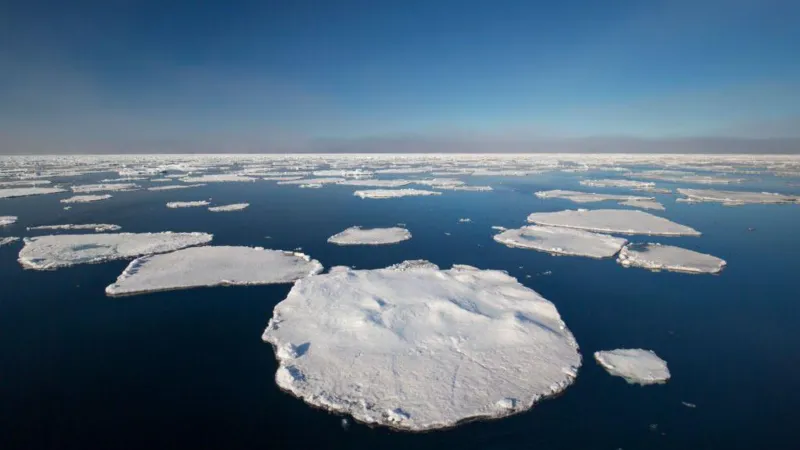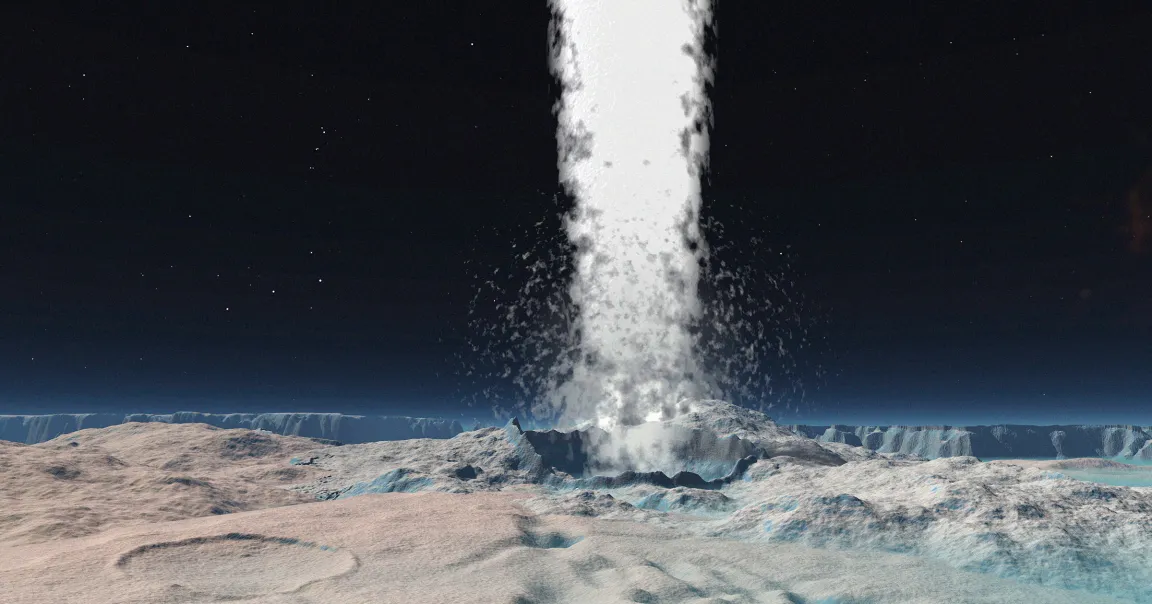Leading scientists have issued a stern warning against the implementation of climate engineering technologies in the Arctic, citing potential unforeseen consequences that could exacerbate environmental challenges in the region.
The Promise and Perils of Climate Engineering
Climate engineering, also known as geoengineering, encompasses a range of technologies aimed at deliberately altering the Earth’s climate system to mitigate the effects of global warming. Proposed methods include injecting aerosols into the stratosphere to reflect sunlight and enhance cloud brightness over the Arctic to reduce ice melt.
While these approaches are designed to cool the planet, experts caution that intervening in such a delicate and complex system could lead to unintended and potentially catastrophic outcomes.
Unintended Consequences
The Arctic ecosystem is particularly sensitive to climate changes, and scientists warn that geoengineering efforts could disrupt local weather patterns, harm marine and terrestrial life, and alter the region’s delicate balance. Additionally, such interventions could have global repercussions, affecting weather systems and precipitation patterns far beyond the Arctic.
A Call for Caution
In light of these concerns, researchers advocate for a precautionary approach, emphasizing the need for comprehensive studies and international cooperation before considering large-scale climate engineering projects. They stress the importance of addressing the root causes of climate change through sustainable practices and reducing greenhouse gas emissions.
















Leave a Reply